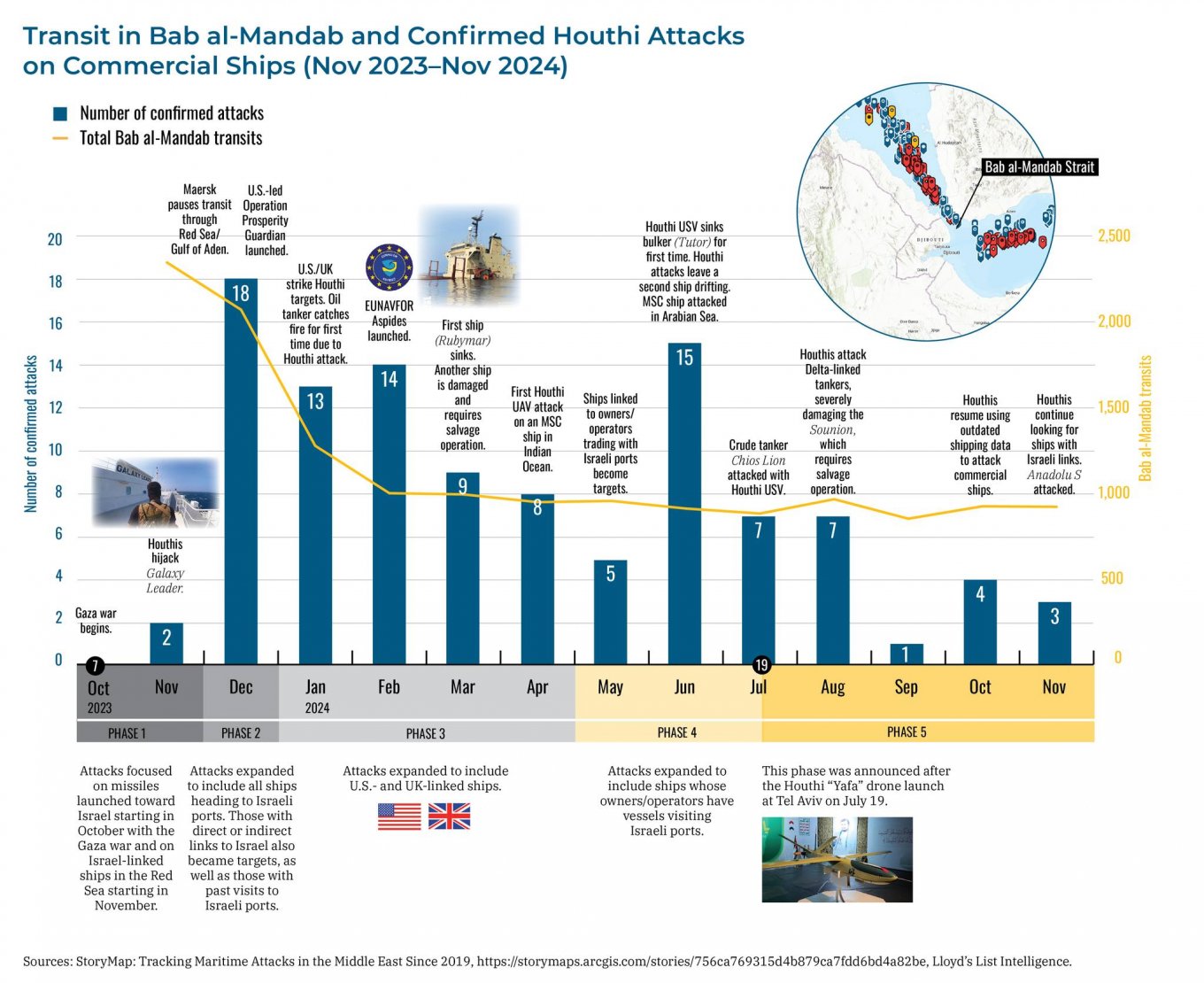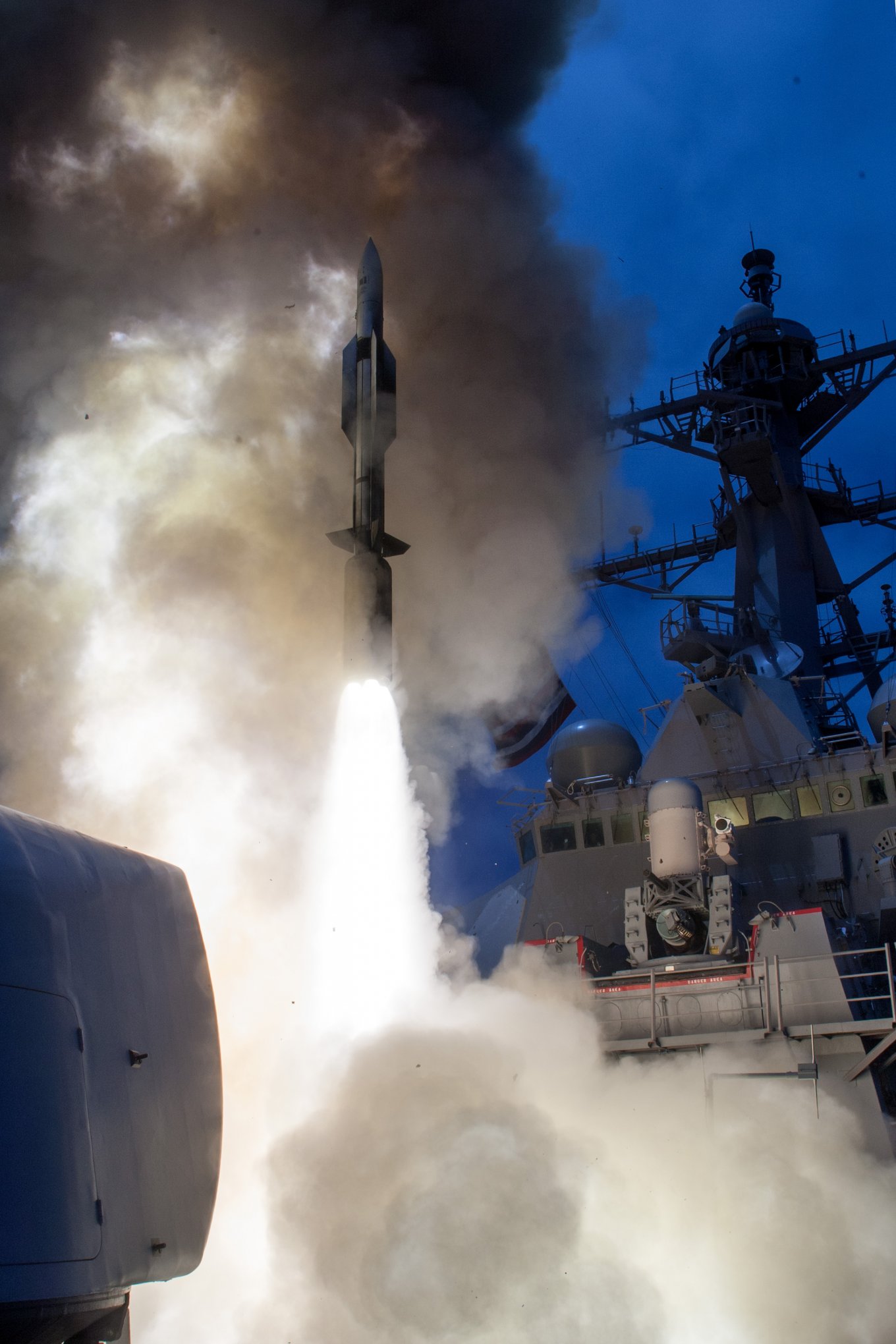The U.S. Navy has disclosed its expenses for surface-to-air missiles used over a period of 15 months during Operation Prosperity Guardian, aimed at safeguarding maritime traffic in the Red Sea from attacks by Yemeni Houthis. In total, 120 SM-2 missiles, 80 SM-6 missiles, and 20 RIM-162 ESSM and SM-3 missiles were utilized during this time.
This information was announced by Vice Admiral Brendan McLain, the head of the U.S. Navy's surface forces, as reported by TWZ, highlighting that the release of this information is unprecedented. From the perspective of Defense Express, it's important to note that this is not just about contrasting with the vague official statements from the Pentagon, but rather about the actual expenditures within Prosperity Guardian, the effectiveness of which remains questionable.
Maritime traffic through the Red Sea has halved, and there are no signs that the situation will improve. Moreover, strikes against Yemeni Houthis have not yielded the desired results. Additionally, the costs of the missiles themselves are only a fraction of the overall expenses related to deploying ships and other forces for combat operations.

Regarding the cost of the missiles, according to the publication, an SM-2 costs $2.5 million per unit. However, the cost of the SM-6, which is estimated at $4.27 million each, is more significant as this missile replaces the SM-2. Consequently, replacing the 120 launched SM-2 missiles and 80 SM-6 missiles amounts to approximately $854 million.

If the reported statistics regarding the expenditure of RIM-162 ESSM and SM-3 indicate that 20 missiles of each type were used, then the total price for the munitions has certainly exceeded the $1 billion mark. An SM-3, designed for intercepting medium-range ballistic missiles outside of the atmosphere, costs $12.5 million per unit. In this context, the price of the RIM-162, noted at $950,000, can be considered negligible.
At the same time, the prices for the missiles may differ somewhat from those reported by the American publication. Specifically, in the Pentagon's budget request for 2025, $755.2 million is allocated for the production of 125 units of SM-6, which means the cost is not $4.27 million but rather $6.19 million per unit. Thus, the U.S. expenses for intercepting Yemeni Houthi missiles could be even greater.